Ken Lawton decided he wanted to become a doctor when he was just seven years old. There was something which inspired him about medicine and he realised his dream after graduating at Aberdeen University in 1981.
At that stage, there were 72 applicants for 12 places when he first strove to find a GP post; a sign of the desire by so many young people to join the ranks of the NHS.
Yet, 40 years later, the organisation is beset by a torrent of crises: lack of staff, an ageing population which is living longer across Scotland, endemic difficulties in keeping hospitals and general practices viable and with patients facing longer waiting times and frustrated by difficulties in even booking an appointment to see their doctor.
It was that lethal cocktail which led to NHS chiefs discussing recently the creation of a “two-tier” health service with some form of means testing whereby wealthy people would be asked to pay for medical treatment. Or at least, that was what was disclosed in leaked minutes of a September meeting where senior officials claimed they were given the “green light” to discuss reforms by NHS Scotland chief executive Caroline Lamb.
The news was immediately condemned by First Minister Nicola Sturgeon, who said the founding principles established by Nye Bevan in the late 1940s were “not up for discussion” while Health Secretary Humza Yousaf called the notion “abhorrent”.
But his denial confirmed that the subject has been discussed, even if purely on a rudimentary basis. And it offered a reminder that, while the majority of workers in the health service wish to preserve it as being free at the point of entry, unprecedented pressures are being placed on those at the sharp end in our wards and surgeries.
‘We already have a two-tier system’
Indeed, one north-east health expert, speaking on condition of anonymity, told the Press and Journal: “The truth is that we currently have a two-tier system with those having medical insurance plans as part of their employment conditions being able to bypass the NHS waiting lists and accelerate their treatment.
“That seems little different to me from the proposal that some may wish to pay for their care if they can afford to do so. I do believe, however, that the premise of provision of care for those acutely in need when they need, will be preserved within the NHS.”
Other countries throughout Europe already charge for health treatment. In Ireland, for instance, those attending an emergency department without a GP referral, face a bill of €100 (£86). The cost for overnight and day in-patient services is €80 (£69) a day, up to a maximum of €800 (£690) in any 12 consecutive months.
The standard price of attending an injury unit, which treats such injuries as broken bones, dislocations, sprains, strains, scalds and minor burns is €75 (£64), although patients do not have to pay if they have a medical card or a referral letter from a GP.
However, it costs around €60 (just over £50) for a doctor’s appointment. Which is more expensive than in France, where a standard GP visit sets patients back €25 (£21). There are various payment schemes throughout European countries.
So is there any prospect of a similar system being introduced in Scotland?
The now-retired Mr Lawton, who was the past provost of the north-east branch of the Royal College of General Practitioners in Scotland, is among those who are opposed to any moves towards privatisation of the service in which he worked for over 30 years.
He said: “Something has to change and the clock is ticking towards midnight on the NHS, but I don’t believe that charging people for treatment is the answer. Means testing for appointments won’t work either. Those who can pay will pay, but those that can’t will be risking their health and there are always people who slip through the cracks.
‘Lack of staff is a huge problem’
“This is a crisis on a scale with Covid, but it wasn’t caused by Covid. The situation was getting worse for years before the pandemic, but it doesn’t help when politicians are constantly flinging abuse at each other, whether in Scotland or England.
“I’ve always been uncomfortable with charging patients, even when I did it with foreign visitors. Suddenly, it feels as if they are treated less as patients and more as customers.
“And, apart from that consideration, the fundamental problem is we simply don’t have the staff numbers we need across so many areas. The system is aching.”
He cited a variety of factors which could be addressed such as less paperwork and better use of digital technology, including text messages and use of social media. Before he left the Great Western Medical Centre in Aberdeen, he estimated he was issuing 120 repeat prescriptions and 50 results letters every day; hardly the best use of his time.
Another source told me: “The GP surgery model is an anachronism – and an inefficient one at that. No young doctor wants the burden of becoming a partner in a practice. Nationalise the lot of them and have a more nimble system with shared administrative capacity, pooling and shared resources between urban and rural practices (the latter of which often can’t recruit young GPs at all).”
Innovation is required. And yet, as Dr Sue Strachan, who studied in Aberdeen in the 1980s, told the P&J, there is a perception nowadays that everything should be available 24/7 and exhausted staff should, somehow, be capable of papering over the cracks.
‘We need radical solutions’
She said: “Basically, we have come to expect a club class service, but we are only paying for standard class. Real investment in the NHS means doing things like getting high-quality IT support to enable the staff and make their intense high-pressure working environment less, rather than more, stressful and also paying carers more, so that there are more of them in the community and patients can be discharged safely.
“There should also be proper payment for permanent staff, so that locuming is not so attractive. And we should value employees by ensuring that they are properly looked after in sickness and health. And maybe provide creches and gyms at hospitals?
“I absolutely want the NHS to continue to be free at the point of contact, so that everyone can access the same service irrespective of their financial situation.”
Amidst all the hand-wringing about budgets and balancing the books, the NHS is still a tremendous bulwark for millions of people who would simply be unable to meet the enormous costs of paying to save the life of a loved one if it incurred a massive bill.
As one respondent told me: “I know from my own personal experience of having leukaemia, which required three years of chemotherapy, that if I had been treated in the United States, my family would have been bankrupted by my illness.”
‘We need a new Covid-style strategy’
Mr Lawton said that the success of the Covid vaccine roll-out was evidence that the travails of the NHS can be overcome, but not by politicians bickering across borders.
He said: “It is not in an impossible position, not yet, but it needs urgent attention and grown-up responses rather than continually being used as a political football. Stop all the arguments over who’s doing better or worse in Scotland or England, because this is about saving lives and helping preserve something precious”.
He may have retired six years ago, but his heart’s still in the NHS.
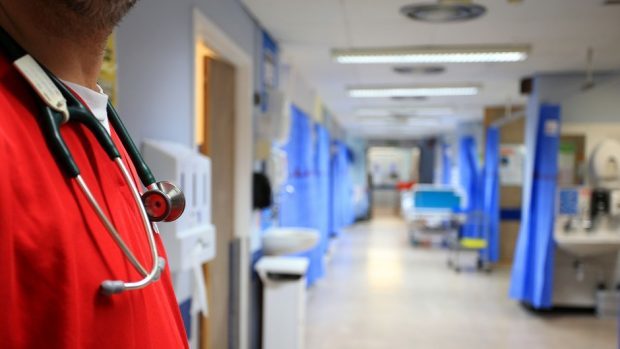
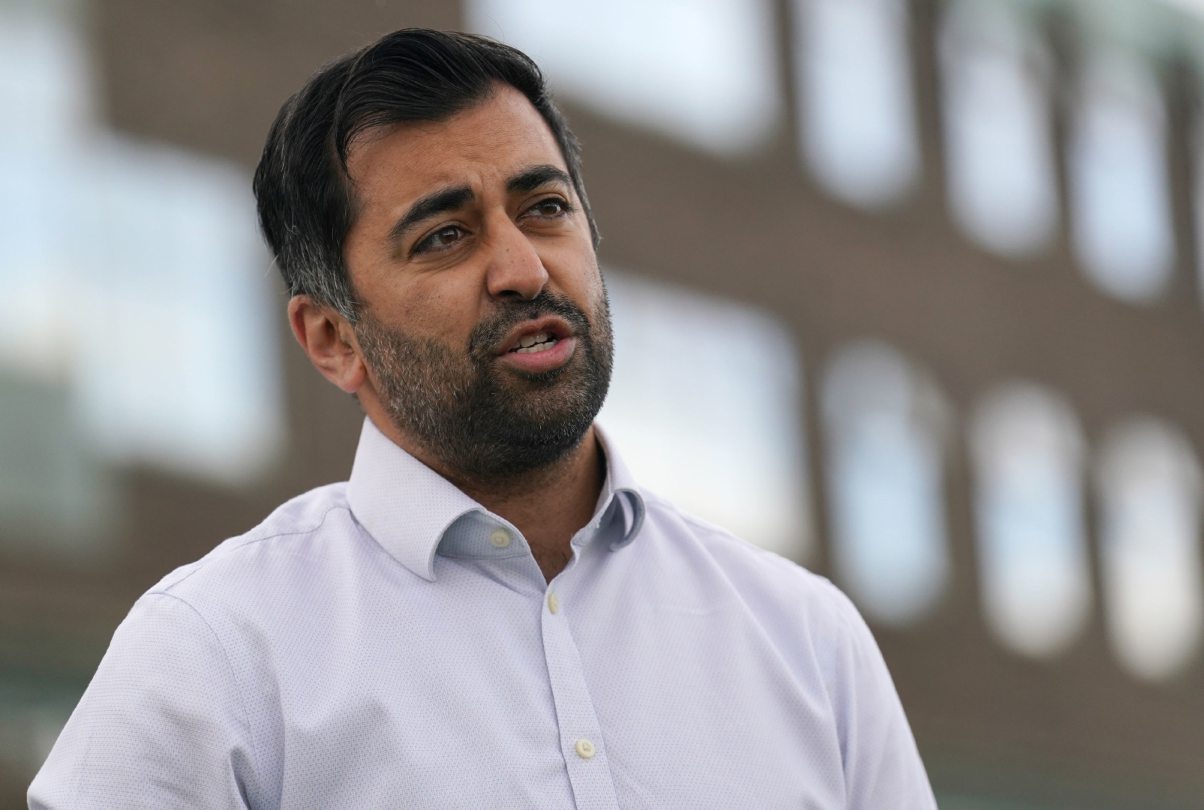
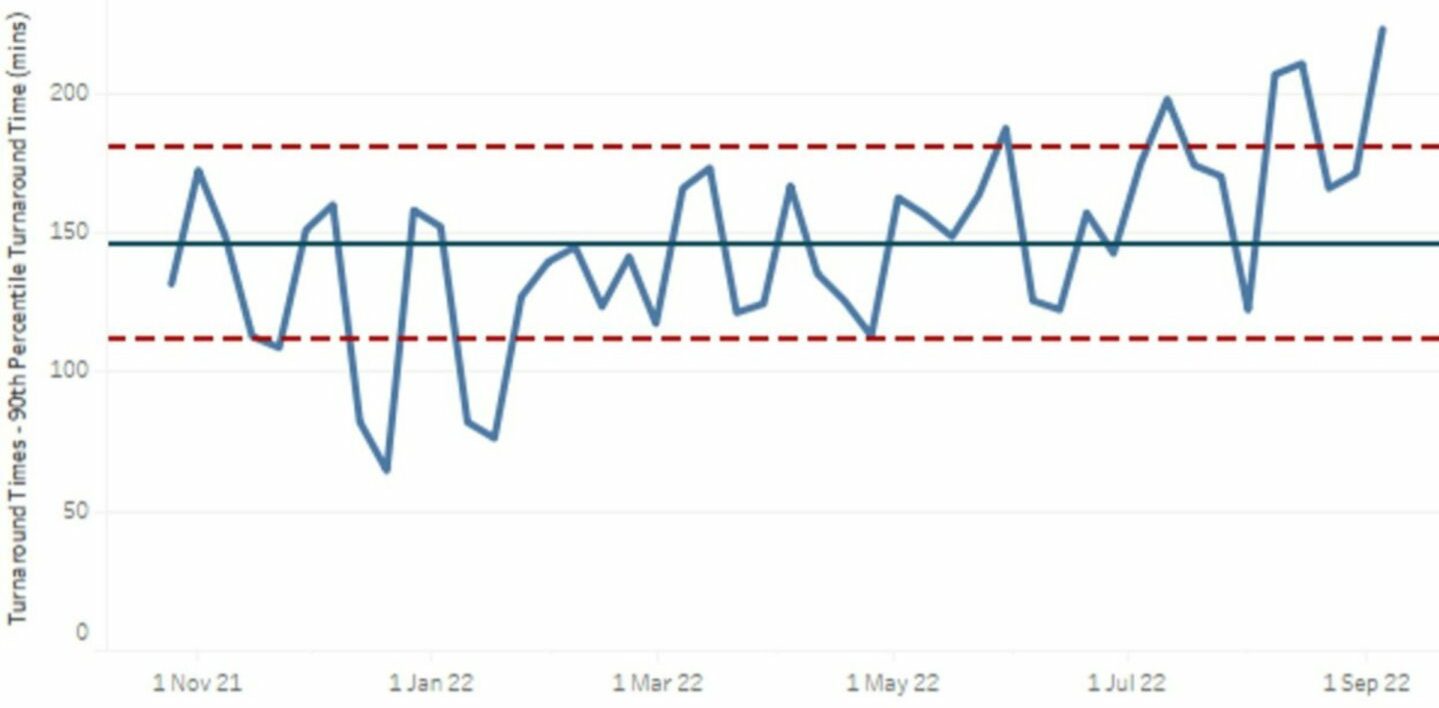
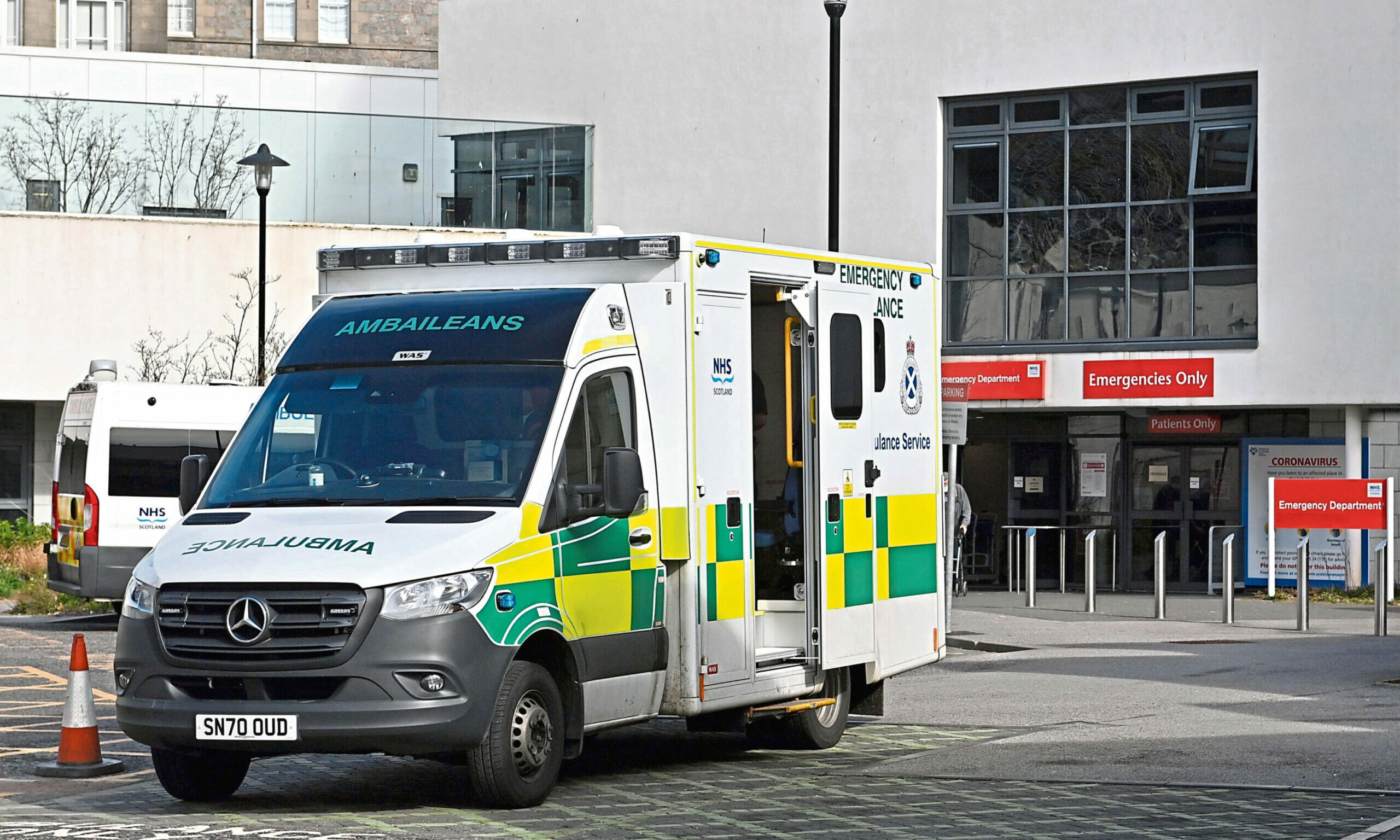
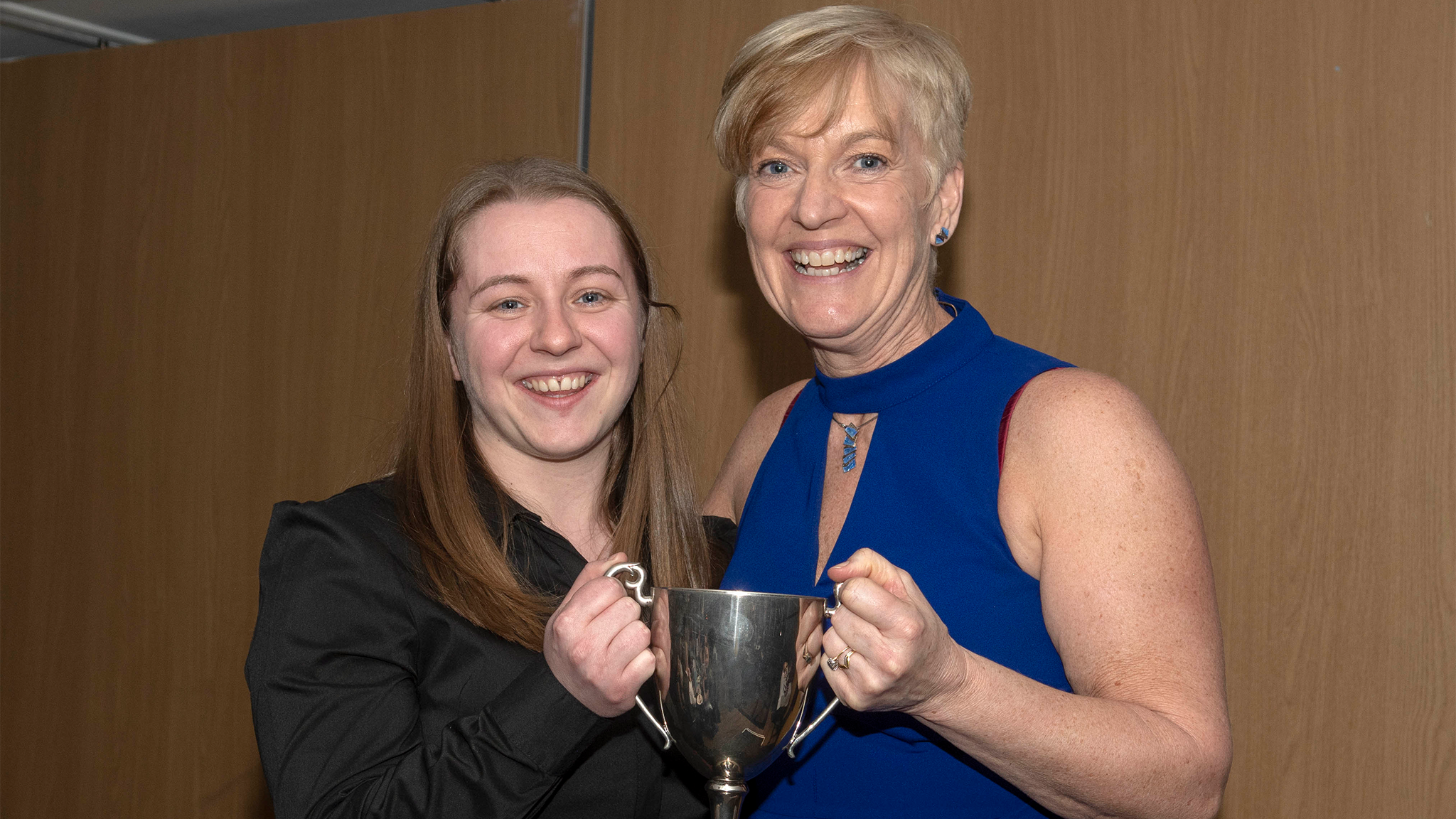
Conversation